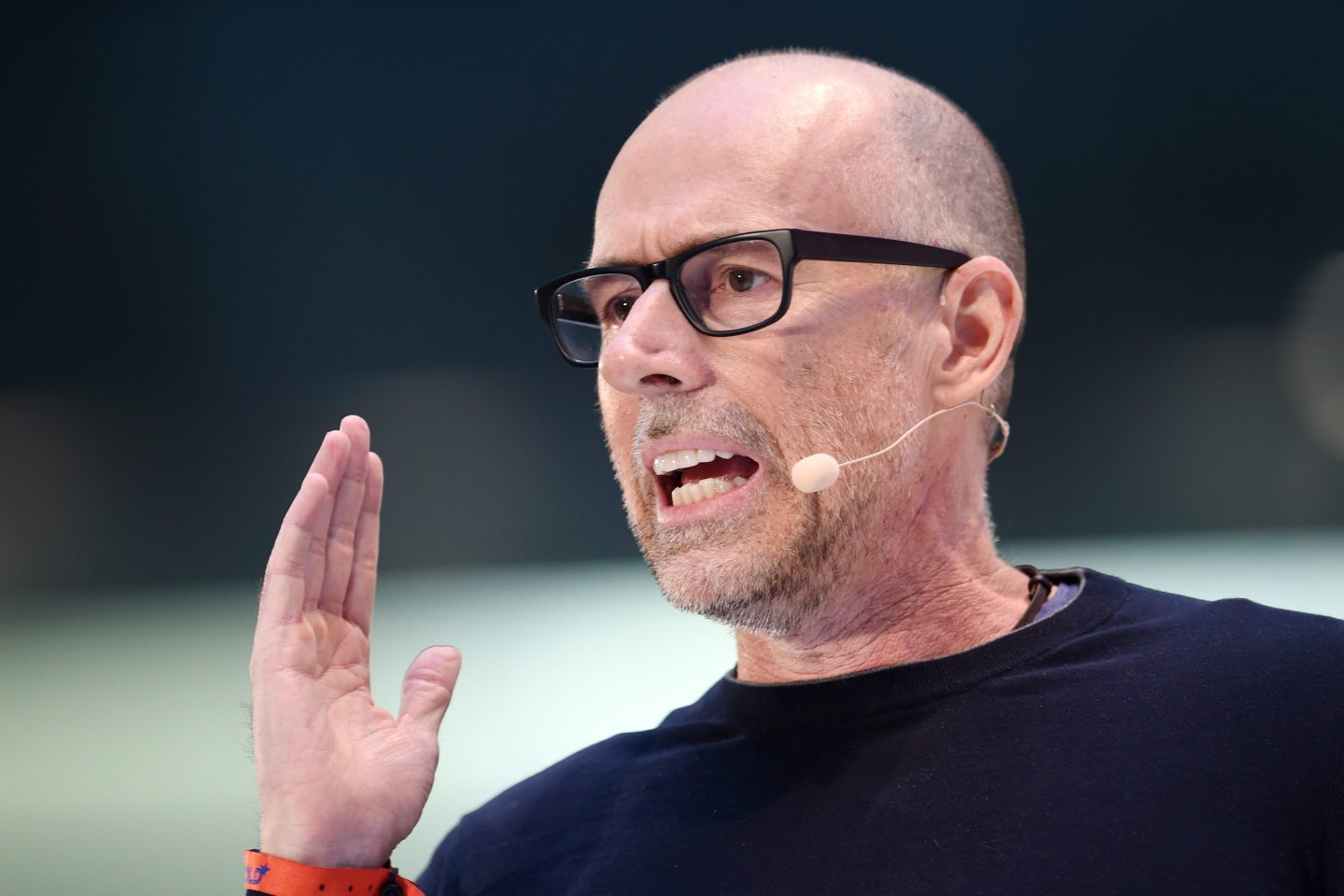Last year saw the most labor activity in decades, with high-profile strikes from auto workers, Hollywood actors, writers, and educators. But despite headlines, the “hot labor summer” of 2023 did not translate into substantially higher membership rates, according to government data released Tuesday.
The U.S. Bureau of Labor Statistics said that 10% of hourly and salaried workers were members of unions in 2023, or around 14.4 million people. That’s a 400,000 increase in membership from the year before, but because of the growth of the labor force, the share of union members shrank from 10.1% in 2022.
The number of unionized workers in the private sector increased by 191,000 to 7.4 million last year. That includes workers at auto companies, Las Vegas hotels and Hollywood studios, all of whom went through high-profile contract negotiations in 2023. UPS workers who narrowly averted a highly publicized strike last summer to ratify what the union called “the most lucrative agreement the Teamsters have ever negotiated,” with top pay and benefits for drivers rising to the equivalent of $170,000.
Starbucks workers also continued a union drive last year, which has expanded to at least 370 U.S. stores. Workers have yet to reach a labor agreement with Starbucks at any of those stores after negotiating for years, although Starbucks last month indicated it was willing to return to the bargaining table with the goal of reaching an agreement this year.
Still, the percentage of unionized workers in the private sector — 6% — remained unchanged from the previous year, as unionization rates didn’t keep pace with overall hiring.
Union membership has been on the decline for decades, even as unions are enjoying some of their highest favorability ratings since the 1960s, with two-thirds of Americans reporting a positive opinion of labor unions.
In 1983, the first year for which comparable data are available, the U.S. union membership rate was 20.1% and nearly 18 million workers were union members, the Bureau of Labor Statistics said.
"The takeup rate [for unions] is going down even as the favorability is going up," Shashi Karunanethy, chief economist at urban analytics firm Geografia, told Fortune recently. "People are increasingly concerned about the future of work, the nature of work, and inequality as a whole. It doesn't translate into joining unions, but it does translate into a desire for regulations, and for the opportunity to have reliable work hours."
The unionization rate for public-sector employees, including government workers, teachers, and police, was far higher, at 32.5%. But that sector didn’t see as much growth in employment. About 7 million public-sector workers were union members in 2023, which was unchanged from the year before.
Men had a higher union membership rate last year, at 10.5%. The rate for women was 9.5%. And Black workers have a higher union membership rate, at 11.8%, than white workers, at 9.8%. For both sexes, workers aged 45-54 were most likely to be members of unions.
The long-term decline in membership may still turn around after the National Labor Relations Board last year made it easier for workers to unionize without going through a formal process. President Joe Biden, who has claimed to be "the most pro-union president in U.S. history" is heavily courting organized labor for his re-election campaign.













